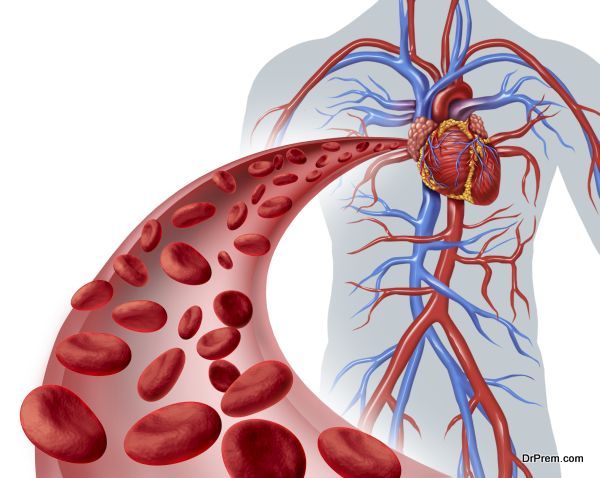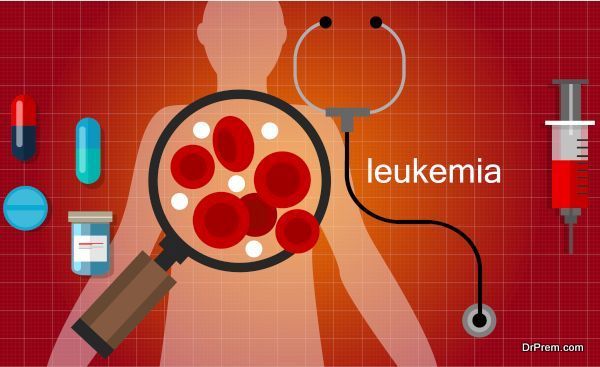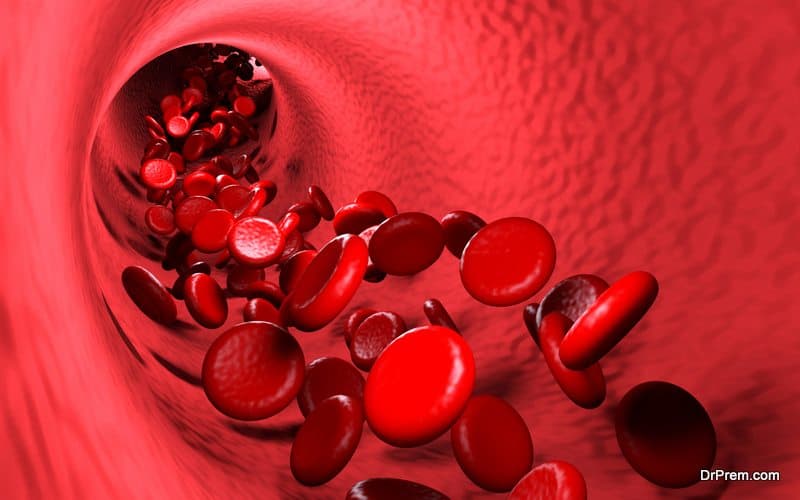Platelets are small plate-shaped cells that float in our blood. They are responsible for blood clotting. Whenever there’s an injury, bleeding ensues. Platelets in the blood are responsible for stopping the bleeding.
Thus, one does not lose out on a lot of blood if they have an adequate platelet count. If for some reason, the platelet count drops, it prevents normal clotting of blood. This article tells us about causes as well as the effects of low platelet count and remedies on how to increase platelet count.
Low Platelet Count Causes:

Following reasons may be responsible for a low platelet count and should be addressed when looking for answers on how to increase platelet count.
An Unbalanced Diet:
Regardless of platelet count, one should always strive to consume an unprocessed, organic, and balanced diet. One should seek to extract maximum nutrients from the food one consumes.
Regularly falling short of Vitamin B12 in your diet can lead to a reduced platelet count. You may also take supplements if your doctor suggests.
Alcohol:

It was found that alcoholics also have an unusually high concentration of white blood cells. This makes them susceptible to bacterial attacks and autoimmune reactions.
Thrombocytopenia, another word for a condition of low platelet count, was found in 43 percent of alcoholics who maintain a good diet and 80 percent of alcoholics who don’t. The upper limit for alcohol is two drinks per day for an adult male and 1 drink per day for an adult female.
Sugary drinks:
The advantages of sugary drinks pale in comparison to their disadvantages on the body. They are also known to reduce platelet count and should be avoided as much as possible. The list of things to avoid also includes artificial sweeteners such as aspartame, artificial preservatives, and colors.
Other Factors Responsible for Low Platelet Count:
Pregnancy:
The strain endured by the body is manifested as a reduction in platelet count during pregnancy. However, the count climbs back to normal post pregnancy.
Chemotherapy:
Patients undergoing chemotherapy are at increased risks of developing a low platelet count as platelets are accidentally targeted.
Exposure to chemicals:
Toxic chemicals such as pesticides, mercury, and arsenic may make their way into our body through our diet, and may result in a low platelet count.
Leukemia:

Spleen malfunction:
Sometimes, the spleen may be responsible for the condition as it may be unknowingly filtering out platelets from the blood.
Effects of Low Platelet Count:
The most common and easy to spot symptom of low platelet count is excessive bleeding. If a compress held on to a cut is unable to stop bleeding for a long time, it may be due to a low platelet count.
Rashes and bruises may be seen more often as they are basically injuries under the skin, and blood starts flowing when bruises take place. Low platelet count causes headaches and weaknesses as well. It may also result in an enlarged spleen.
Bleeding gums and nosebleeds may occur often. One may also suffer from blood in urine and heavy blood flow during periods. A low platelet count causes the person to feel and fatigued. When these symptoms are observed, a person may start looking for remedies on how to increase platelet count.
Natural ways to increase platelet count:
Are you looking for answers to how to increase platelet count? Platelets are an important constituent of our blood, and a dropping platelet count must be dealt with as soon as possible.
Fortunately, there are tons of DIY remedies available to build up your platelet reserve. In general, a well-balanced diet will help, but certain food to increase platelet count should be included as well.
How to increase platelet count?
Begin consuming the following list of food to increase platelet count until it is restored back to normal.
Diet:
Let’s talk about a balanced diet before we move on to platelet healthy foods. A well-balanced diet can provide you with important nutrients to build your count.
Go for fresh veggies and fruits, especially kiwi fruits. Add lean proteins and grains to your diet if you are looking for ways on how to increase platelet count
Also, refrain from consuming trans and saturated fats, starches, and sugars. Avoid processed foods and dairy products, at least until you have restored your platelet count to normal.
Key nutrients:
Deficiency of the following nutrients can result in a low platelet count. These are vitamin B12, vitamin K, folate (vitamin B9). You can opt for supplements or get these nutrients directly from foods.
Foods that increase platelet count:
In order to build up your platelet count, you will have to make changes to your diet and lifestyle. You will have to include the following foods in your daily diet for fast recovery. These are:
Papaya fruit and papaya leaves:
Papaya fruit and papaya leaves have shown in a research that they are capable of restoring normal platelet levels in a matter of days.
Wheatgrass:
Wheatgrass has proved itself as a natural platelet count restorer. It is one of the natural ways to increase platelet count, hemoglobin, and differential white blood cell counts. This is largely because it contains chlorophyll, which is a natural stimulator for platelet production.
The molecular structure of wheatgrass also bears an uncanny resemblance to the structure of hemoglobin. This helps wheatgrass in assisting these essential blood components to thrive.
Pomegranate:
Another food to increase platelet count boasts of anti-inflammatory properties. It is also rich in antioxidants that destroy free radicals. Free radicals are responsible for cell deterioration.
CONCLUSION:
Other than the above-mentioned foods, there are many other alternatives – such as leafy greens, beetroots, carrots, vitamin C rich foods – that help boost platelet count.
Do your research and you will find that most of these foods are very easy to include in your daily diet. However, if your platelet count still suffers, do not hesitate to visit a medical practitioner for better treatment.
Now that you know how to increase platelet count, employ these habits and live a rich, healthy, and refreshing life.









